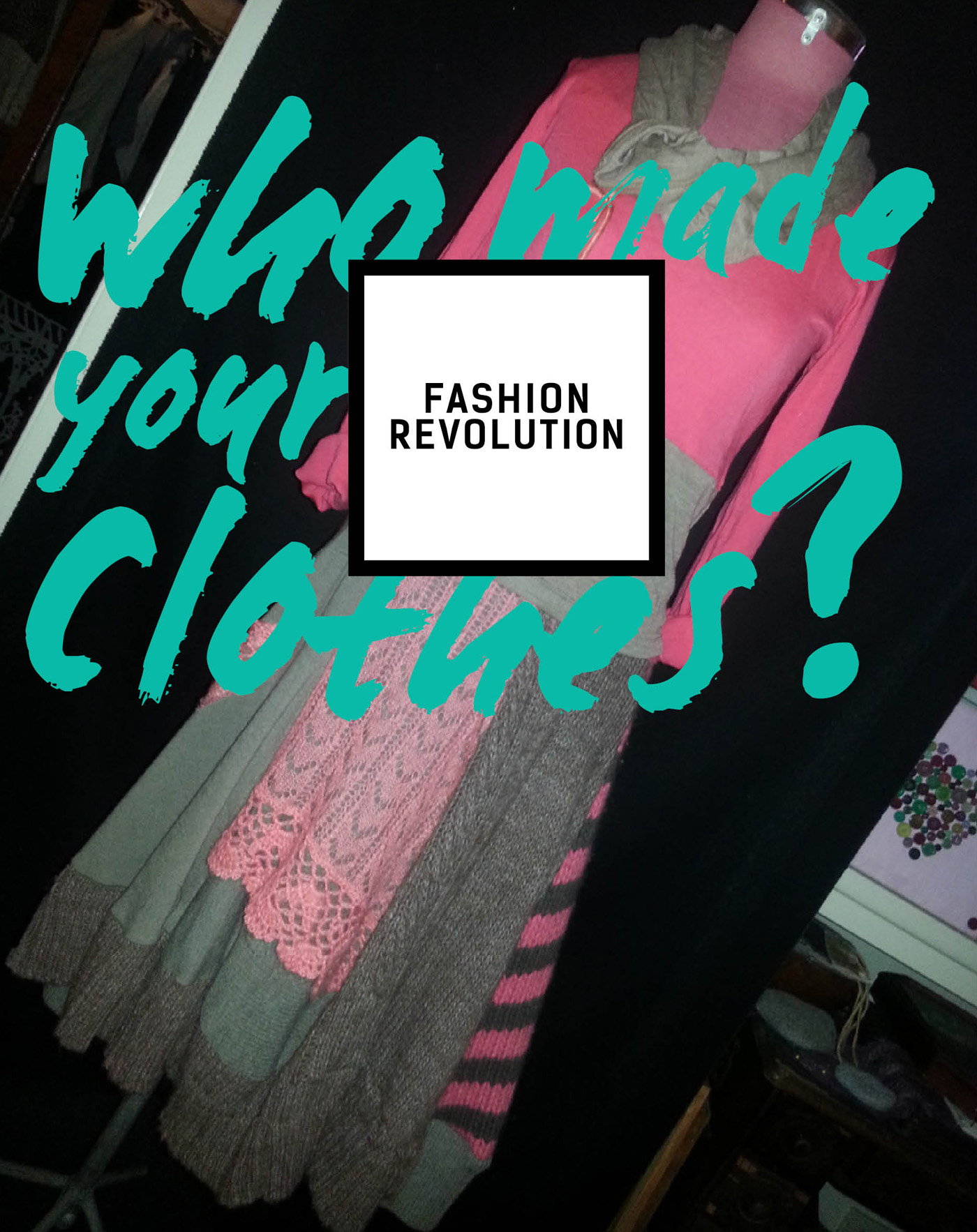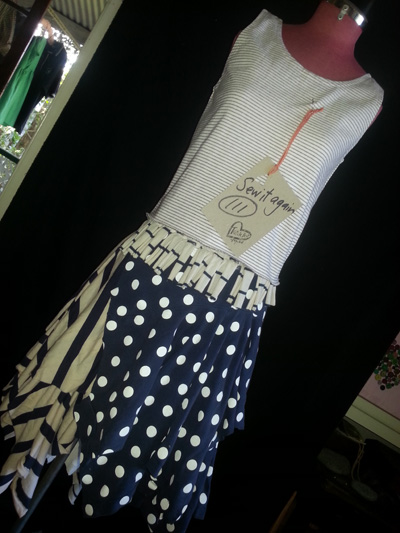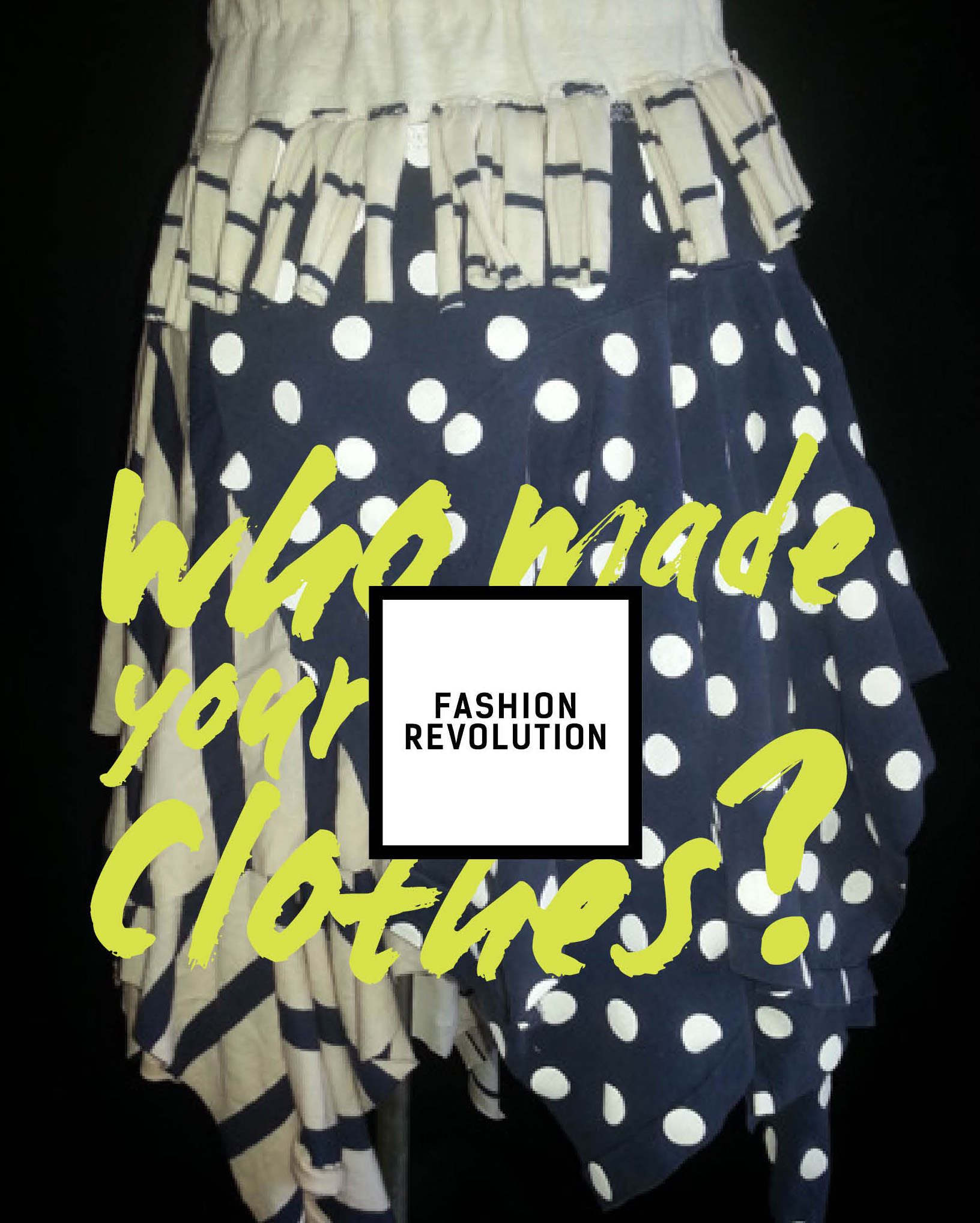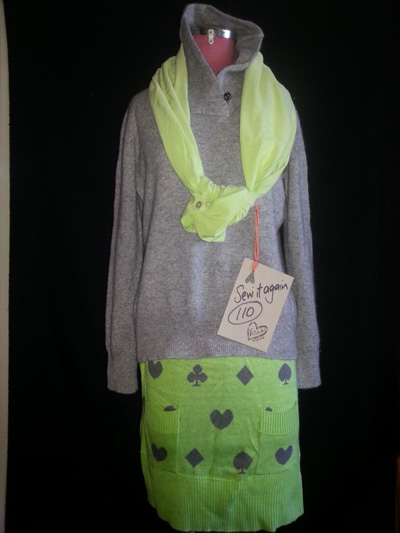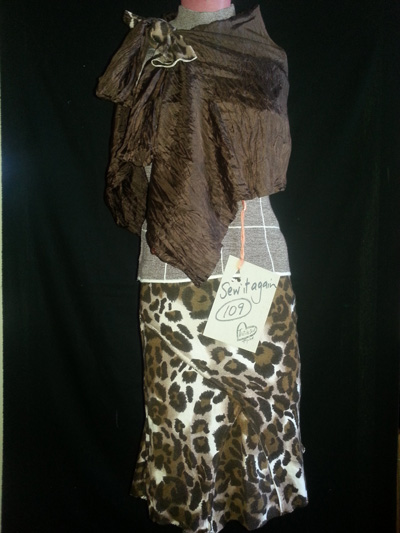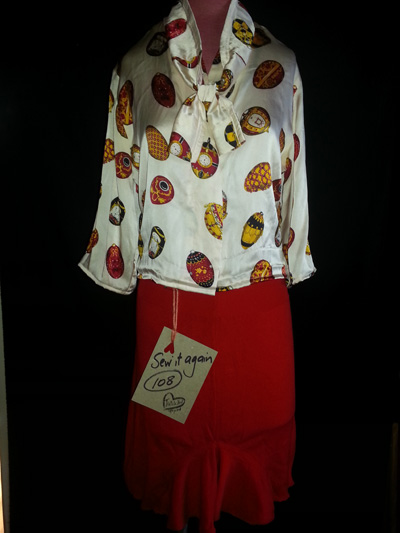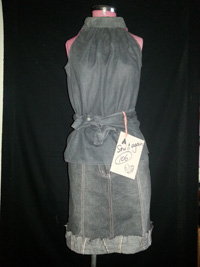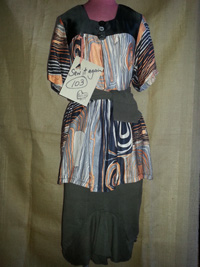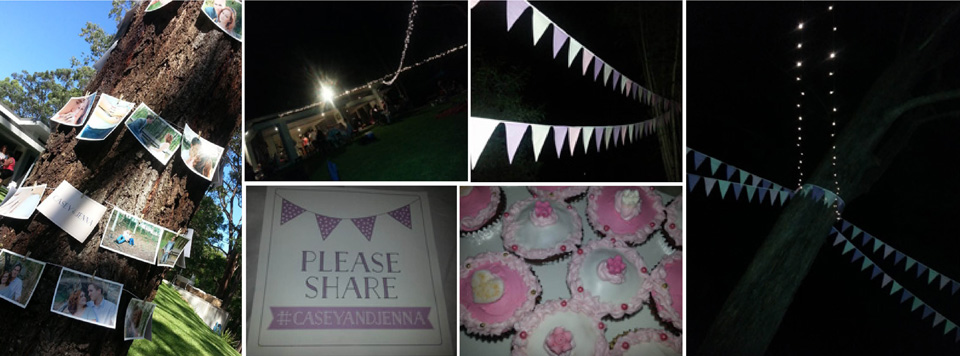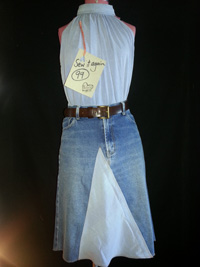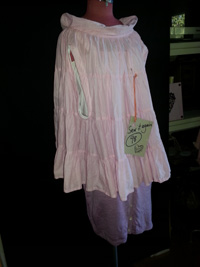 Fast fashion fosters a wear and toss approach to modern dress in the never-ending search for satisfaction from material consumption.
Fast fashion fosters a wear and toss approach to modern dress in the never-ending search for satisfaction from material consumption.
More meaningful and realistic approaches to fashion have been studied and distilled into beautiful words by the Local Wisdom project out of the United Kingdom’s Centre for Sustainable Fashion.
By exploring our relationship with clothes, researchers unearthed themes of usership based on people’s stories. You can view these words in pictures via The Guardian article from which I sourced the words below:
Patina of use: with our garments, as with our bodies, the passing of time leaves its mark. With clothes, we sometimes discard pieces because they are ageing, dated, jaded or worn; at other times we buy vintage pieces, coveting that which looks old. Yet these both overlook the power and pleasure of marking the passing of time as it is recorded in our clothes; the forging of memories, building of knowledge, evolution of appearance.
Alternative dress codes: the choices we make about what we wear are influenced by life present, lives past and our ideas about our future selves. Expressions of values, aspirations, heritage, understanding and the physical shape of our bodies build a rationale for dress that transcend narrow commercial views about fashion.
Transfer of ownership: giving a garment to someone else is sometimes a straightforward and spontaneous act and at other times more circuitous. The overlapping of ownership can embed a garment with memories.
Skills of resourcefulness: Creative activists contribute greatly to society through innovation and experiment. Their work is a training ground for new practices, for trialling novel approaches and reviving old skills that promote alternative ideas about fashion provision and consumption. Continue reading →
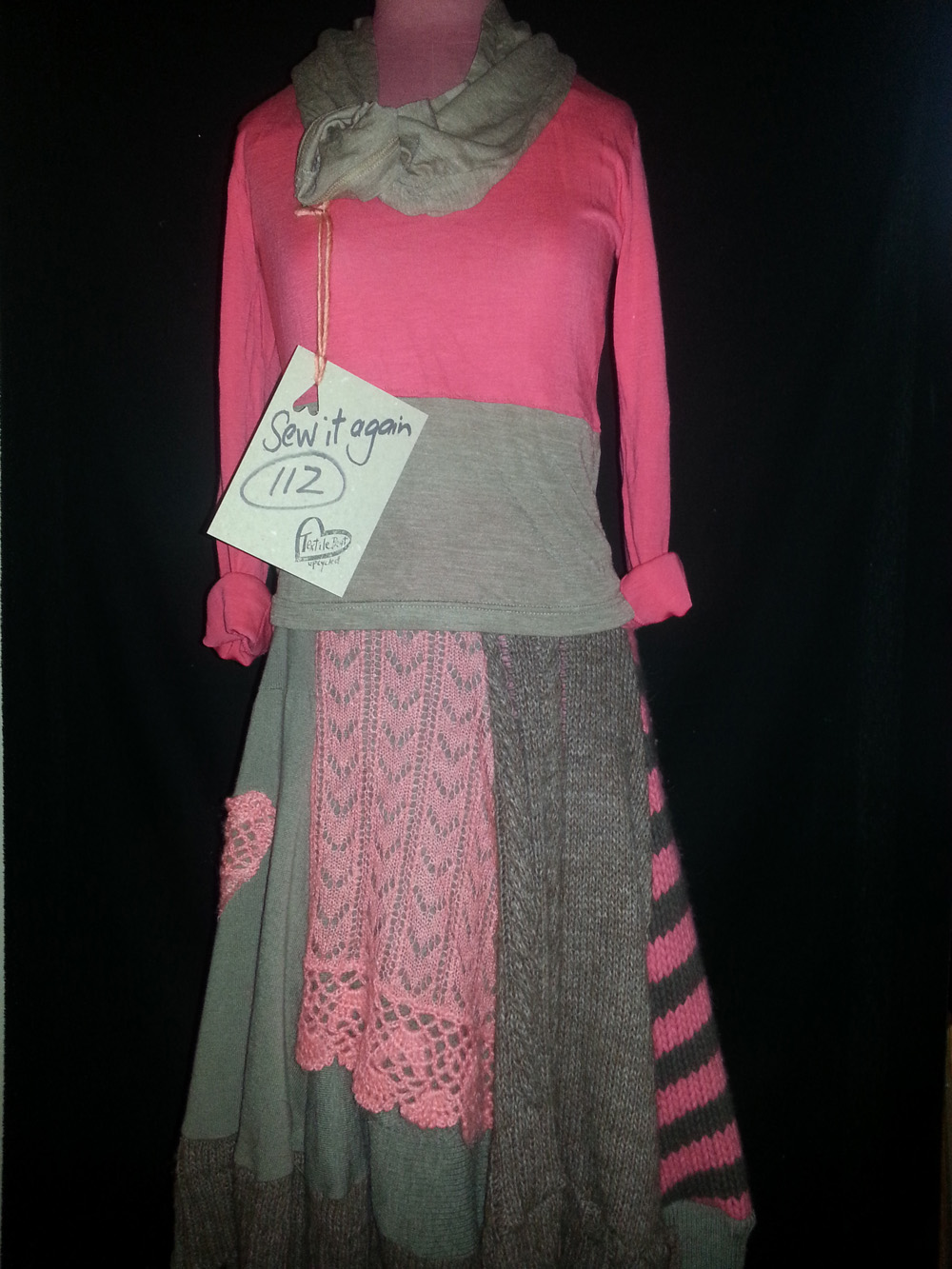 It would be interesting to know how much time we spend each week attending to our clothing requirements in terms of trying, buying, preening, storing, washing and perhaps sewing, resewing or mending.
It would be interesting to know how much time we spend each week attending to our clothing requirements in terms of trying, buying, preening, storing, washing and perhaps sewing, resewing or mending.